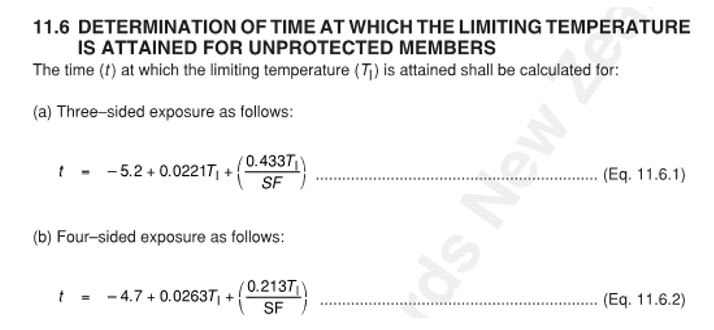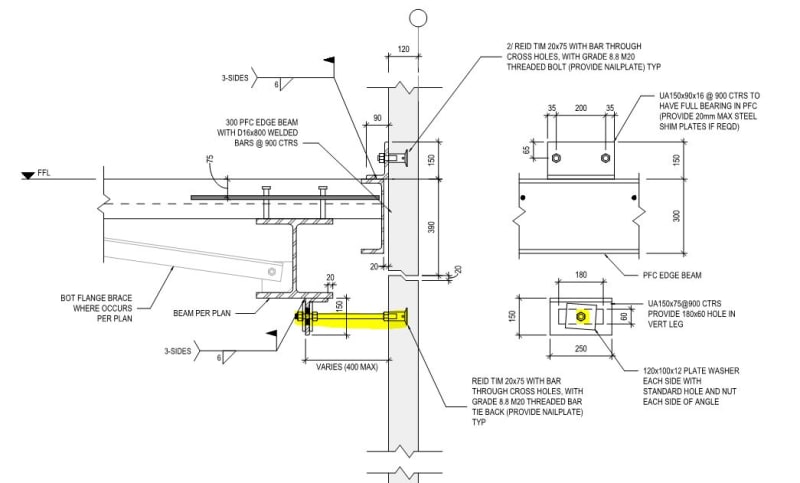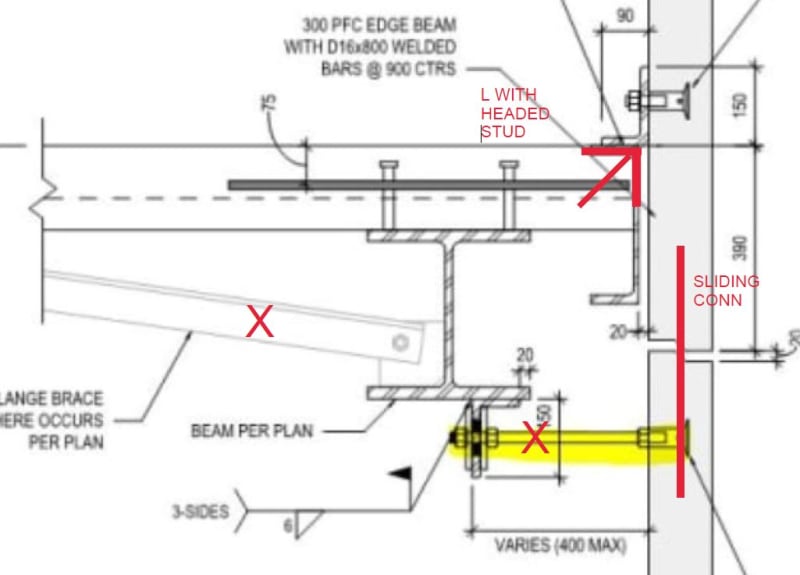^ link to the documents are in there at least, may be of use
I'm gonna be honest though, I all round do not like this detail, there's a lot going on here that's undesirable
120mm panel thickness is very thin, particularly with how harsh code is trying to get on singly-reinforced panels at present
I'd favour 150 - how are you doing the base connections in a 120 panel?
The detail to support the top of the lower panel is dicey, it seems to rely on the panel cantilevering past the lower floor (ground?) and leaning on the rod
Think about how flexible that will be compared to the support conditions of the panel above - that joint is gonna want to move a lot
Especially as the rod pushes on an angle which puts torsion into a UB which then relies on tension into the slab above via inserts
Is there any connection of the two panels via bars (drossbachs or insitu starters?)
Much as I hate to say it too, inserts in primary load paths are really falling out of favour in industry at the moment too, particularly in such thin panels
Edit: I have made the assumption that these are primary lateral panels...which may not be at all correct so I may have been full of shit above
Are these walls the lateral system or are they just cladding panels and something else is doing the bracing?





